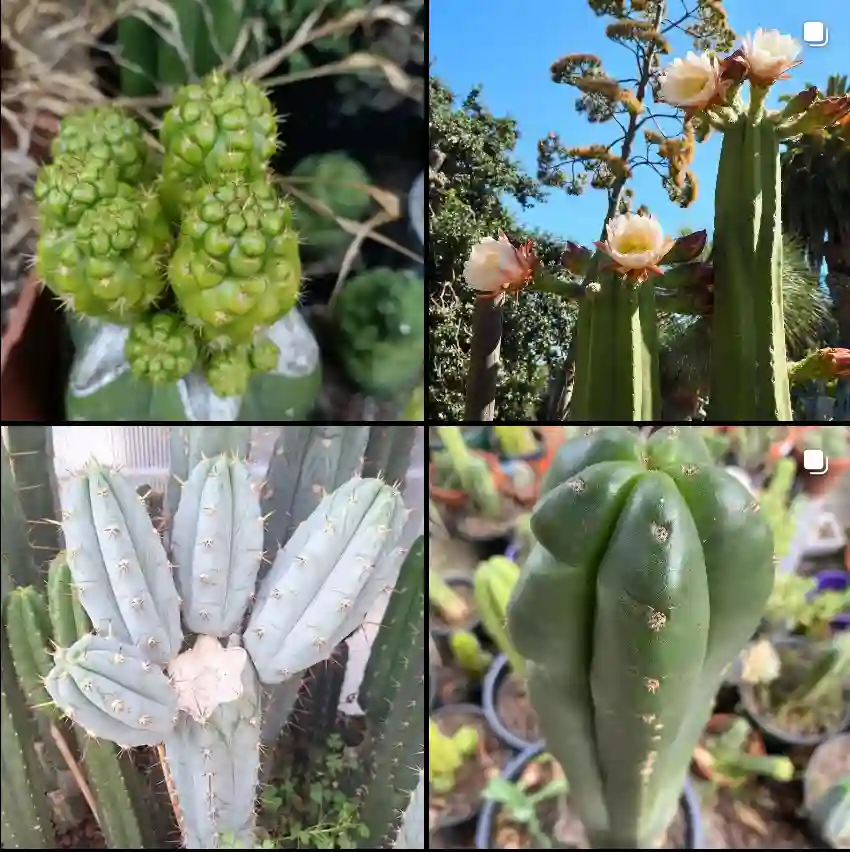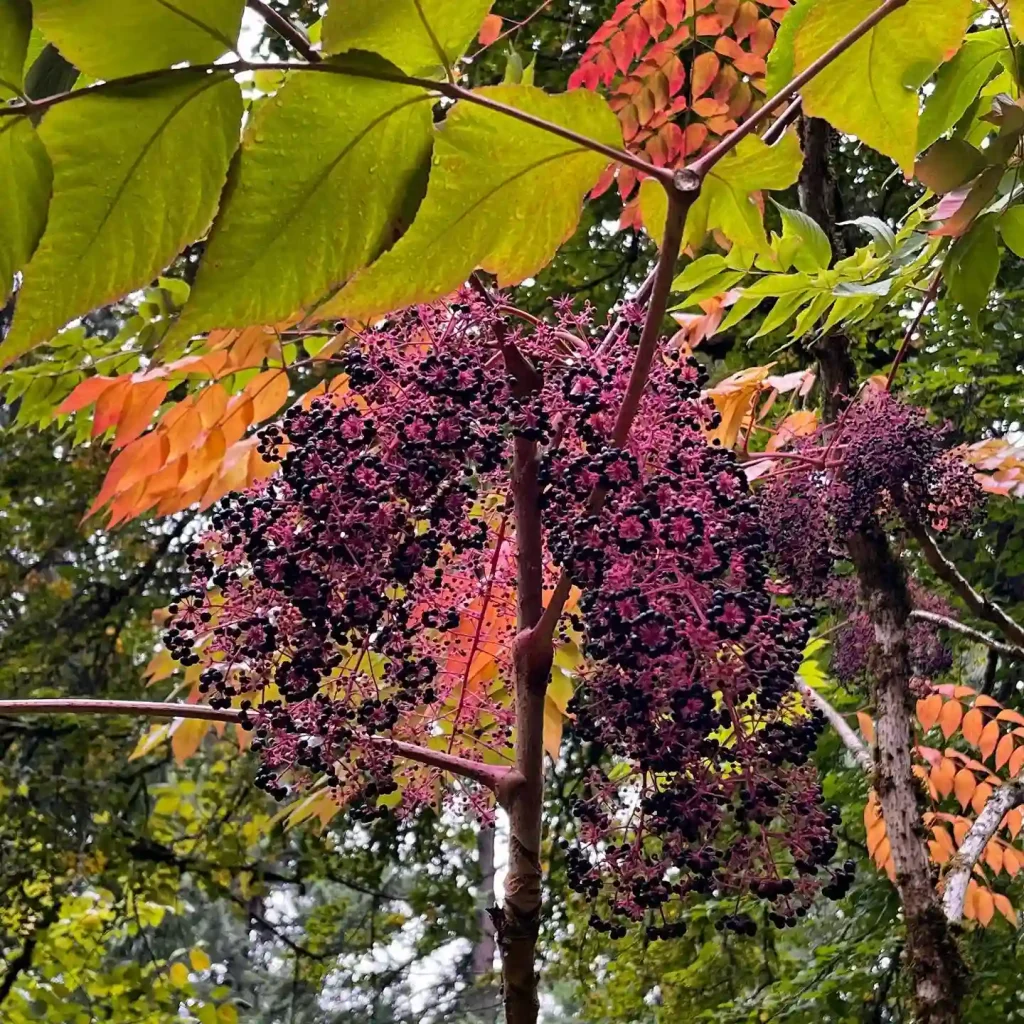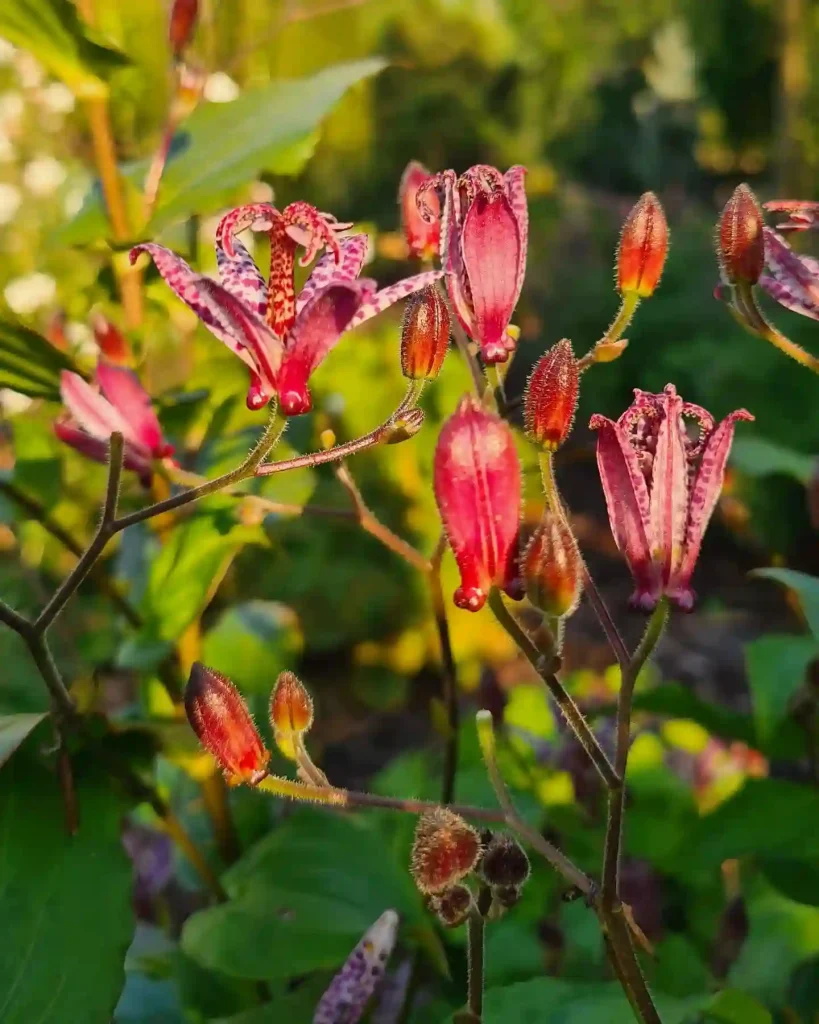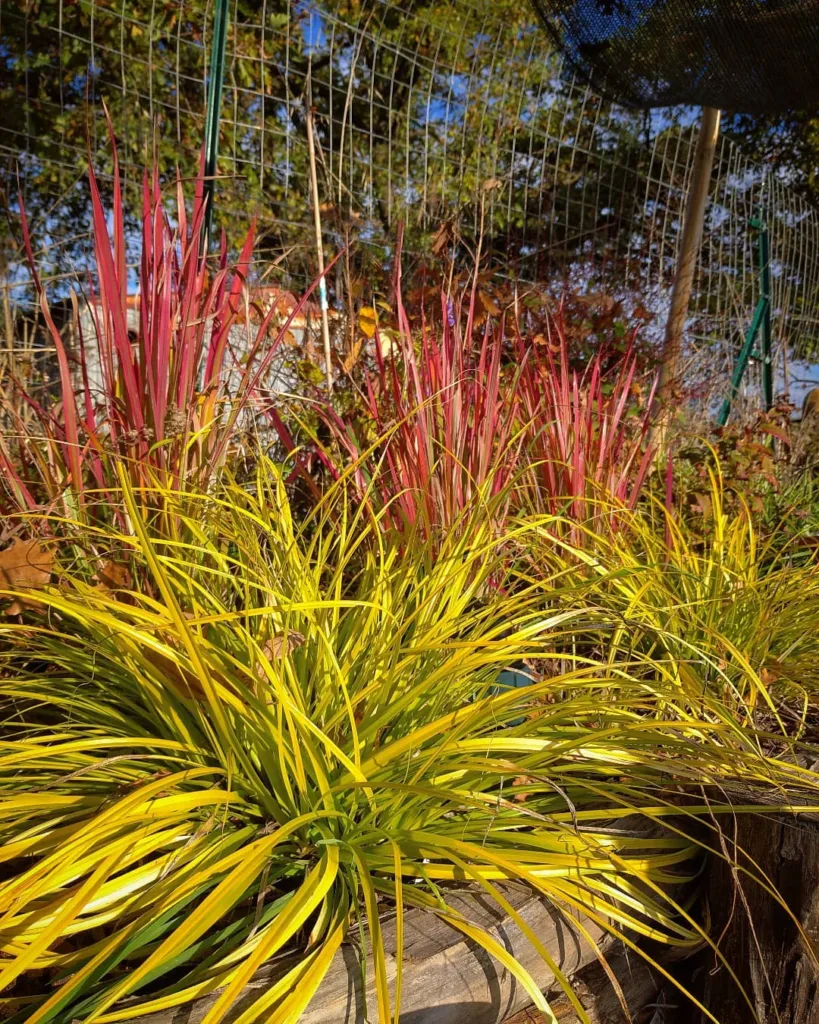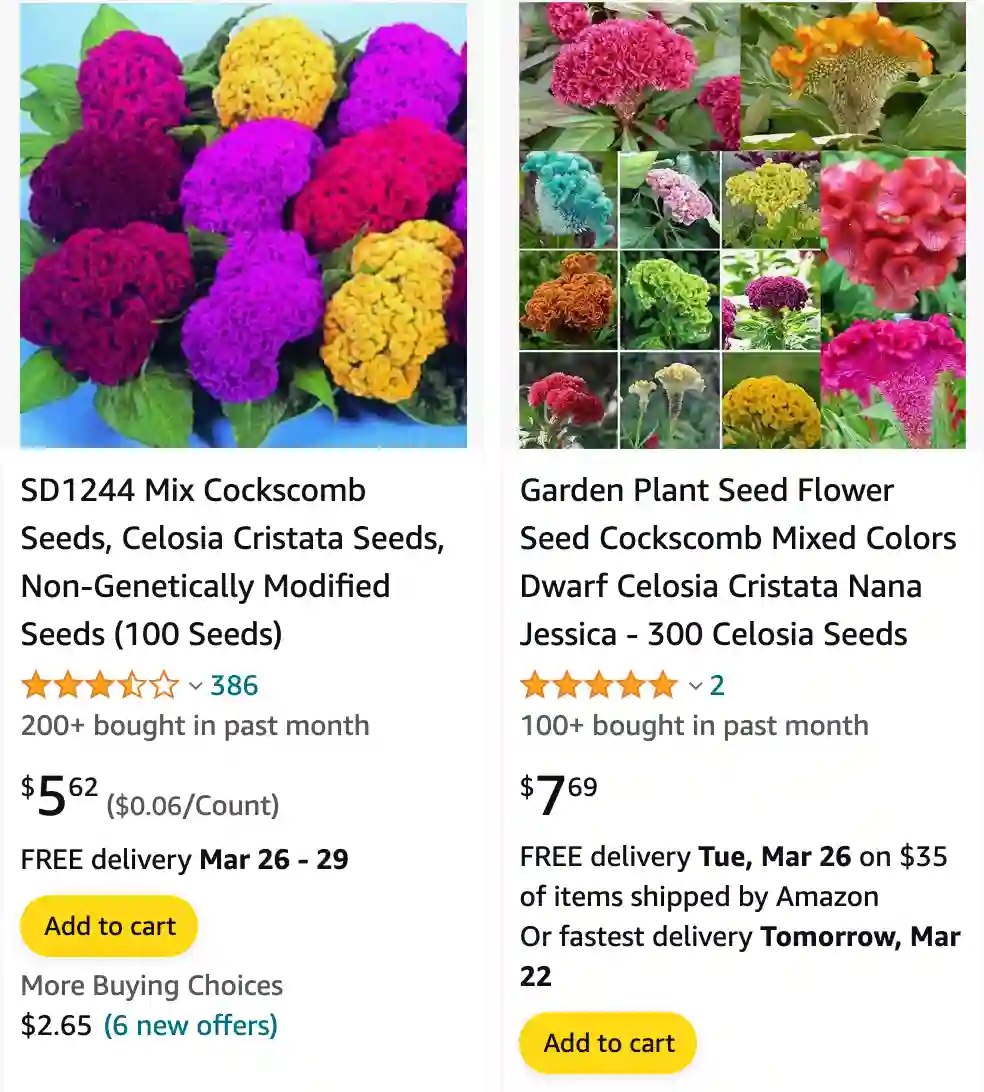
The Enchanting Celosia Cristata: A Gardener’s Guide
For those seeking a vibrant and unique addition to their garden, look no further than the Celosia cristata, also known as the Cockscomb Celosia. These fascinating plants boast eye-catching, brain-like or crest-shaped blooms in a spectrum of colors, adding a touch of the unexpected to any landscape. But beyond their striking appearance, Celosia Cristata offers ease of care and surprising versatility.
In this guide, I, Ferb Vu, will delve into everything you need to know about cultivating and enjoying these captivating flowers.
46 Species in Genus Celosia
How to Pronounce Celosia Cristata?
Before we dive in, let’s address the pronunciation. It might seem intimidating at first glance, but fear not! Here’s a breakdown:
- Celosia: Say “seh-LO-see-ah”
- Cristata: Pronounce it “kris-TAY-tah”
Now that we’ve cleared that up, let’s explore the wonderful world of Celosia Cristata!
How to Grow Celosia Cristata?
There are two main ways to cultivate Celosia Cristata: from seeds or by purchasing transplants.
How to grow Celosia cristata from seed?
- Timing is key: Celosia Cristata thrives in warm weather, so aim to start seeds indoors 6-8 weeks before the last frost date in your area.
- Prepare the seed tray: Fill a well-draining seed tray with a sterile seed starting mix. Moisten the mix lightly.
- Sowing the seeds: Celosia Cristata seeds are tiny, so sprinkle them gently on top of the moistened mix. Don’t bury them!
- Light and moisture: Cover the seed tray with a plastic wrap to retain moisture. Place it in a warm location (around 70°F) with bright, indirect sunlight. Keep the soil consistently moist but not soggy.
- Germination: Seeds should germinate within 7-14 days. Once seedlings emerge, remove the plastic wrap and provide good air circulation.
- Transplanting: Once seedlings have developed their first set of true leaves, thin them out to leave about 2-3 inches between plants. When the danger of frost has passed and the weather is consistently warm, harden off your seedlings by gradually exposing them to outdoor conditions for a week before transplanting them into your garden or pots.
How to grow Celosia Cristata? (Transplants)
If you prefer a quicker route, purchasing established Celosia Cristata transplants from your local nursery is a great option. Simply choose healthy plants with vibrant foliage and no signs of pests or diseases.
How to care for Celosia Cristata?
Celosia Cristata is a relatively low-maintenance plant. Here’s what it needs to thrive:
- Sunshine: Provide your Celosia Cristata with at least 6-8 hours of direct sunlight daily for optimal growth and flower production.
- Watering: Water your plants regularly, aiming for the soil to stay consistently moist but not waterlogged. Allow the top inch of soil to dry slightly between waterings.
- Soil: Celosia Cristata prefers well-draining, moderately fertile soil. Amending your garden bed with compost before planting will provide the necessary nutrients.
- Fertilizer: For an extra boost, you can apply a balanced liquid fertilizer once or twice a month during the growing season.
How to grow a Celosia cristata plant indoors?
Celosia Cristata can also be enjoyed indoors! Here’s how:
- Choose a pot: Select a container with drainage holes large enough to accommodate the mature size of your plant.
- Potting mix: Use a well-draining potting mix specifically formulated for flowering plants.
- Light and location: Place your Celosia Cristata near a sunny window, ensuring it receives at least 6-8 hours of bright light daily.
- Watering and humidity: Water regularly when the top inch of soil feels dry. Maintain moderate humidity levels by placing a pebble tray filled with water under the pot (ensuring the pot doesn’t sit directly in water).
How to dry Celosia Cristata?
Celosia Cristata’s vibrant blooms retain their color beautifully when dried, making them excellent for crafting everlasting arrangements.
- Harvesting: Cut the flower stems when the blooms are fully developed but haven’t started to fade. Choose a dry, well-ventilated location out of direct sunlight.
- Drying methods: There are several drying methods. You can hang the flower stems upside down in bunches.
If i die, water my plants!
